Home>Gardening & Outdoor>Landscaping Ideas>How Short To Cut Grass In The Fall
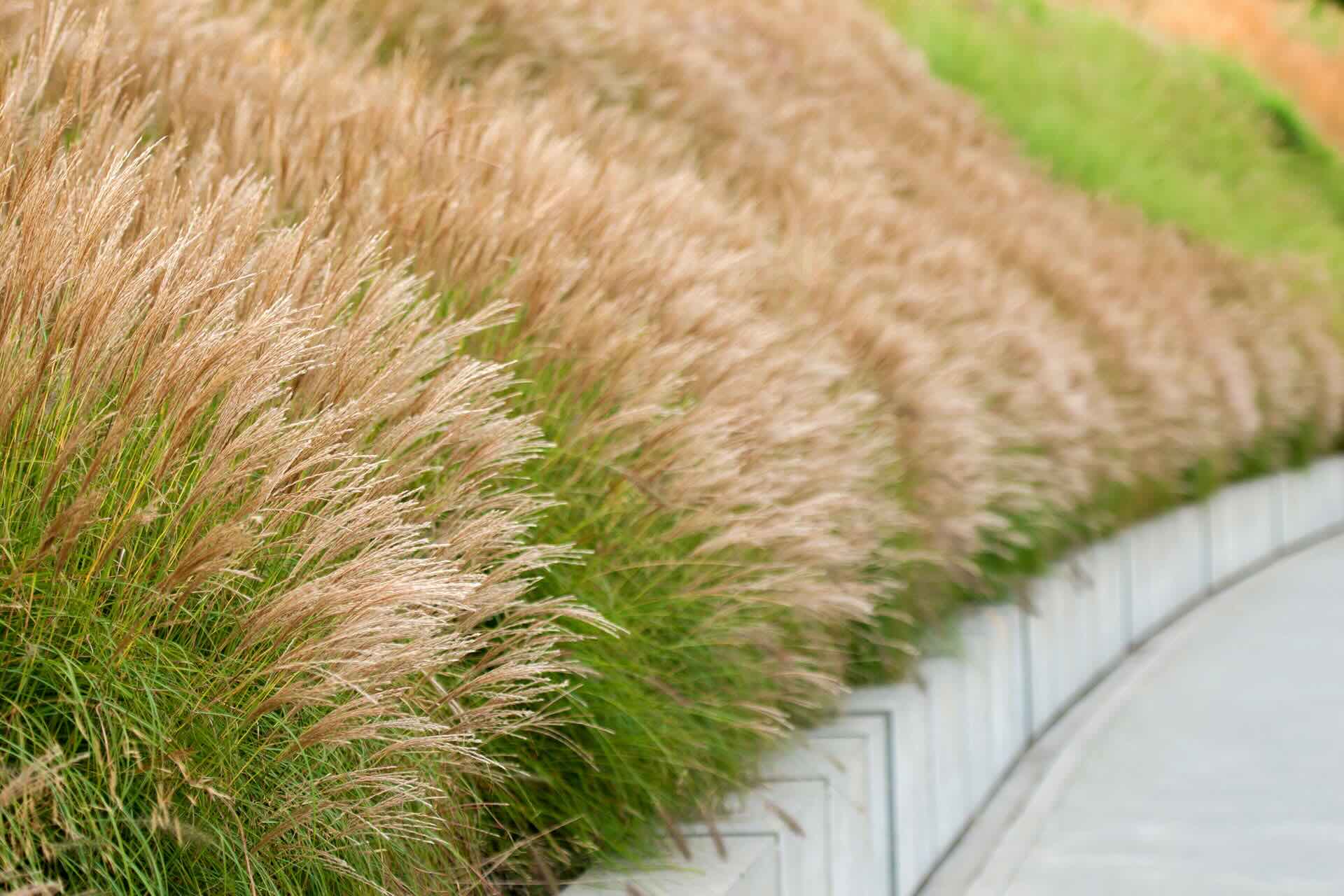

Landscaping Ideas
How Short To Cut Grass In The Fall
Modified: February 18, 2024
Learn the best landscaping ideas for cutting grass in the fall. Discover the ideal length for a perfectly manicured lawn.
(Many of the links in this article redirect to a specific reviewed product. Your purchase of these products through affiliate links helps to generate commission for Storables.com, at no extra cost. Learn more)
Introduction
As the vibrant hues of summer gradually give way to the golden shades of fall, it's time to shift our focus to the autumn lawn care routine. One crucial aspect of this routine is determining the optimal grass height for the fall season. While it may seem like a mundane task, the height at which you cut your grass during this transitional period can significantly impact the overall health and appearance of your lawn. In this comprehensive guide, we will delve into the importance of cutting grass in the fall, the factors to consider, the recommended grass height, and essential tips to ensure that your lawn thrives during the autumn months. So, let's roll up our sleeves and explore the art of grass cutting in the fall!
Key Takeaways:
- Embrace the fall season by cutting your grass to the recommended height, promoting a healthy lawn that withstands winter and blooms beautifully in spring.
- Follow expert tips like the one-third rule and leaving grass clippings to ensure your lawn thrives and looks stunning throughout the autumn months.
Read more: How Short To Cut Grass
Importance of Cutting Grass in the Fall
The arrival of fall heralds a series of changes in the natural world, and your lawn is no exception. During this time, the significance of maintaining the proper grass height cannot be overstated. Here are several reasons why cutting your grass in the fall is crucial:
- Promoting Health and Growth: Trimming the grass encourages lateral growth, which helps the lawn develop a denser and healthier root system. This, in turn, fortifies the grass against the challenges of winter and sets the stage for lush regrowth in the spring.
- Preventing Disease and Pest Infestation: Overgrown grass can create a haven for pests and diseases, particularly during the damp and cool conditions of fall. By maintaining an appropriate grass height, you can minimize the risk of infestations and diseases that thrive in unkempt lawns.
- Enhancing Aesthetic Appeal: A well-maintained lawn contributes to the overall visual charm of your property. By keeping the grass at an optimal height, you can achieve a neat and polished appearance that complements the autumn landscape.
- Minimizing Leaf Accumulation: As the season progresses, fallen leaves can accumulate on the lawn, posing a threat to the grass beneath. Trimming the grass to the recommended height makes it easier to manage leaf removal while safeguarding the health of the turf.
By recognizing the importance of cutting grass in the fall, you can take proactive steps to nurture a resilient and picturesque lawn that will thrive throughout the changing seasons.
Factors to Consider when Cutting Grass in the Fall
When embarking on the task of cutting grass in the fall, it’s essential to consider a variety of factors to ensure optimal results. Understanding these elements will enable you to make informed decisions and tailor your lawn care practices to the specific needs of the season. Here are the key factors to keep in mind:
- Growth Rate: During the fall, grass typically experiences a slowdown in growth. However, the specific growth rate can vary based on factors such as grass type, climate, and local conditions. By monitoring the growth rate, you can determine an appropriate mowing schedule that aligns with the lawn’s needs.
- Weather Conditions: The fluctuating temperatures and precipitation levels of fall can impact grass growth and health. It’s crucial to consider the prevailing weather conditions when deciding on the frequency and timing of mowing sessions. Wet or excessively dry conditions may necessitate adjustments to your mowing routine.
- Grass Type: Different grass species have distinct growth patterns and ideal mowing heights. Whether your lawn features cool-season grasses like Kentucky bluegrass and fescue, or warm-season varieties such as Bermuda grass and Zoysia grass, understanding the specific requirements of your grass type is essential for effective mowing practices.
- Lawn Health: Assessing the overall health of your lawn is crucial when determining the appropriate grass height for cutting. If your lawn has endured stressors such as heavy foot traffic or disease susceptibility, adjusting the mowing height can help alleviate strain and promote recovery.
- Upcoming Frost: As fall progresses, the likelihood of frost increases, posing potential risks to grass that is cut too short. Keeping an eye on weather forecasts and adjusting the mowing height accordingly can help safeguard the grass from frost damage.
By taking these factors into account, you can tailor your grass cutting practices to the unique requirements of the fall season, nurturing a resilient and thriving lawn.
In the fall, it’s best to cut your grass slightly shorter than in the summer. Aim for a height of around 2-2.5 inches to help prevent disease and promote healthy growth.
Recommended Height for Cutting Grass in the Fall
As the autumn breeze carries the essence of change, it’s essential to approach grass cutting with a keen understanding of the recommended height for the fall season. The ideal grass height during this transitional period is a critical factor in maintaining the health and resilience of your lawn. Here are the recommended grass cutting heights for the fall season, tailored to different grass types:
- Cool-Season Grasses: For cool-season grasses such as Kentucky bluegrass, perennial ryegrass, and tall fescue, the recommended mowing height in the fall ranges from 2.5 to 3.5 inches. Maintaining the grass at this height provides insulation against temperature fluctuations and helps in developing robust root systems.
- Warm-Season Grasses: If your lawn features warm-season grasses like Bermuda grass, Zoysia grass, or St. Augustine grass, the recommended mowing height in the fall typically falls between 1.5 to 2.5 inches. Adhering to this height range supports the grass’s ability to withstand cooler temperatures while preparing for dormancy.
It’s important to note that these recommended heights serve as general guidelines, and variations may be warranted based on specific lawn conditions and regional factors. Additionally, the first and last mowing sessions of the fall should be approached with care, gradually adjusting the grass height to align with the seasonal transition.
By adhering to the recommended grass cutting heights for your specific grass type and making gradual adjustments as fall progresses, you can foster a resilient and visually appealing lawn that is well-equipped to thrive during the autumn months and beyond.
Tips for Cutting Grass in the Fall
As the autumn sun casts its gentle glow upon the landscape, the art of cutting grass in the fall beckons for a delicate and informed approach. To ensure that your lawn flourishes during this transitional season, consider the following tips for cutting grass in the fall:
- Adhere to the One-Third Rule: When mowing your lawn, abide by the one-third rule, which dictates that you should never remove more than one-third of the grass blade’s height in a single mowing session. This practice prevents stress on the grass and promotes healthy regrowth.
- Maintain Sharp Blades: Ensure that your lawnmower’s blades are sharp, as dull blades can tear the grass, leading to a frayed and uneven appearance. Sharp blades result in clean cuts, reducing the risk of disease and enhancing the overall aesthetic of the lawn.
- Adjust Mowing Frequency: Tailor the frequency of mowing sessions to the growth rate of the grass, aiming to maintain an optimal height without inducing shock or strain. Monitor the lawn’s appearance and growth patterns to determine the most suitable mowing schedule.
- Leave Grass Clippings: Consider leaving grass clippings on the lawn, as they can provide valuable nutrients to the soil and contribute to moisture retention. This natural mulching practice can enhance the overall health and vitality of the grass during the fall season.
- Alternate Mowing Patterns: Vary the direction of your mowing patterns with each session, as this prevents the grass from developing a lean in a particular direction. Alternating mowing patterns encourages more upright growth and contributes to a uniform and well-groomed appearance.
- Observe Safety Precautions: Prioritize safety by wearing appropriate footwear and adhering to safety guidelines when operating lawn care equipment. Clear the lawn of debris and obstacles before mowing to mitigate potential hazards.
By incorporating these tips into your fall lawn care routine, you can elevate the art of grass cutting to a harmonious and rewarding practice, nurturing a resilient and picturesque lawn that thrives amidst the beauty of autumn.
Read more: How Short To Cut Grass Before Winter
Conclusion
As the tapestry of nature undergoes a magnificent transformation in the embrace of fall, our lawns stand as verdant canvases awaiting our attentive care. The act of cutting grass in the fall transcends mere maintenance; it embodies a commitment to nurturing the health, resilience, and beauty of our outdoor sanctuaries. By recognizing the importance of this seasonal ritual and embracing the nuances of grass cutting, we embark on a journey that harmonizes with the rhythms of nature and yields a bountiful tapestry of greenery.
As we bid farewell to the exuberance of summer and welcome the contemplative allure of autumn, let us heed the wisdom of tailored grass cutting practices. By considering the unique growth patterns of cool-season and warm-season grasses, aligning our mowing heights with recommended guidelines, and infusing our approach with thoughtful techniques, we honor the intrinsic vitality of our lawns.
The symphony of fall beckons for our participation, inviting us to engage in the art of grass cutting with reverence and insight. The gentle hum of lawnmowers, the earthy scent of freshly mown grass, and the sight of a meticulously groomed lawn become integral elements of this seasonal composition. With each precise pass of the lawnmower, we sculpt a canvas that embodies the grace and resilience of our natural surroundings.
As we navigate the labyrinth of fall’s transitions, may our efforts in cutting grass serve as a testament to our commitment to stewardship and appreciation for the splendor of nature. Let us embrace the art of grass cutting in the fall as a harmonious dance with the earth, yielding landscapes that reflect the care and reverence with which they are tended.
In this spirit, let us embark on our autumn lawn care journey with a deep-rooted understanding of the art of grass cutting, nurturing vibrant and enduring landscapes that stand as testaments to the artistry of fall.
Frequently Asked Questions about How Short To Cut Grass In The Fall
Was this page helpful?
At Storables.com, we guarantee accurate and reliable information. Our content, validated by Expert Board Contributors, is crafted following stringent Editorial Policies. We're committed to providing you with well-researched, expert-backed insights for all your informational needs.
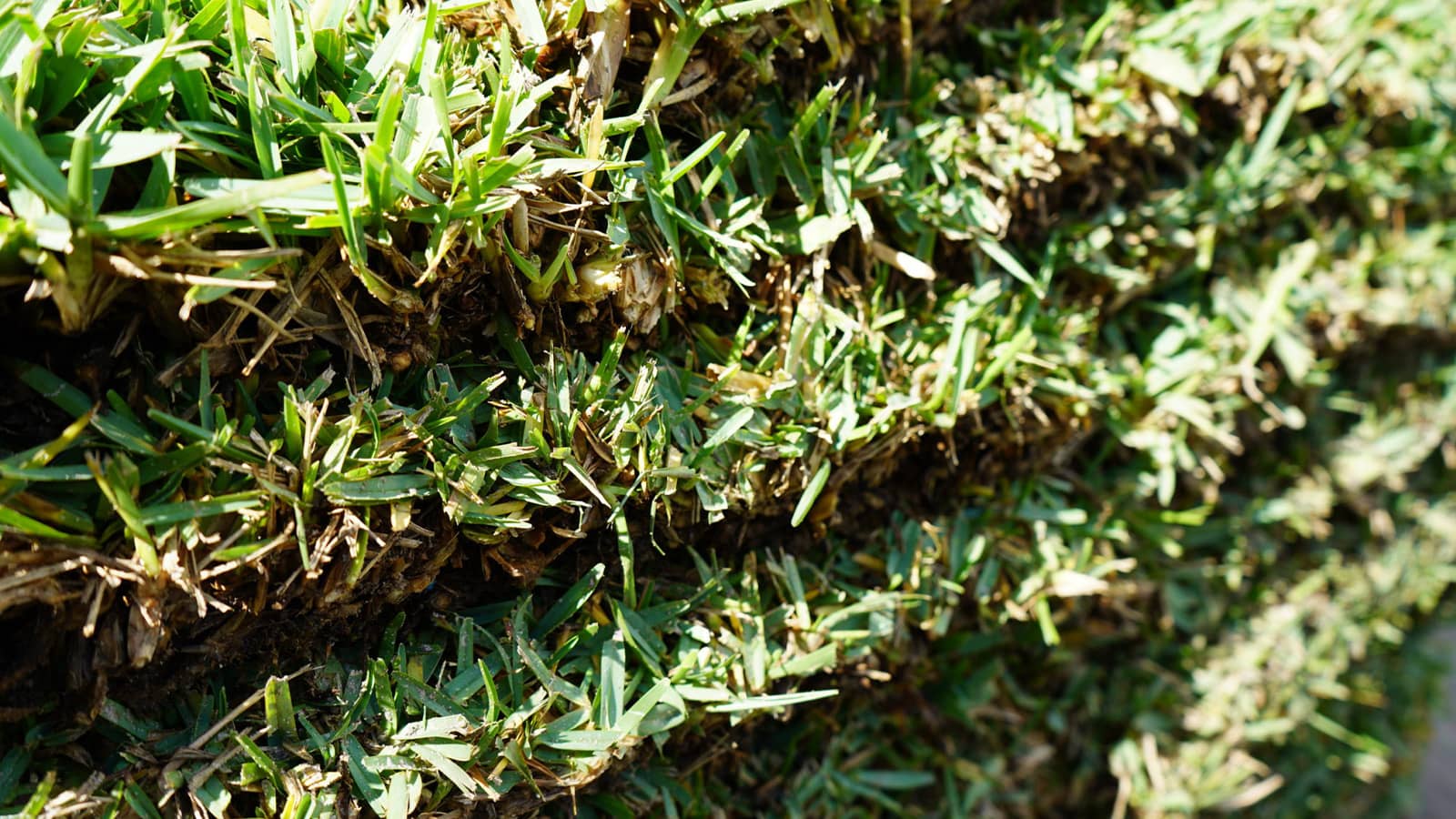


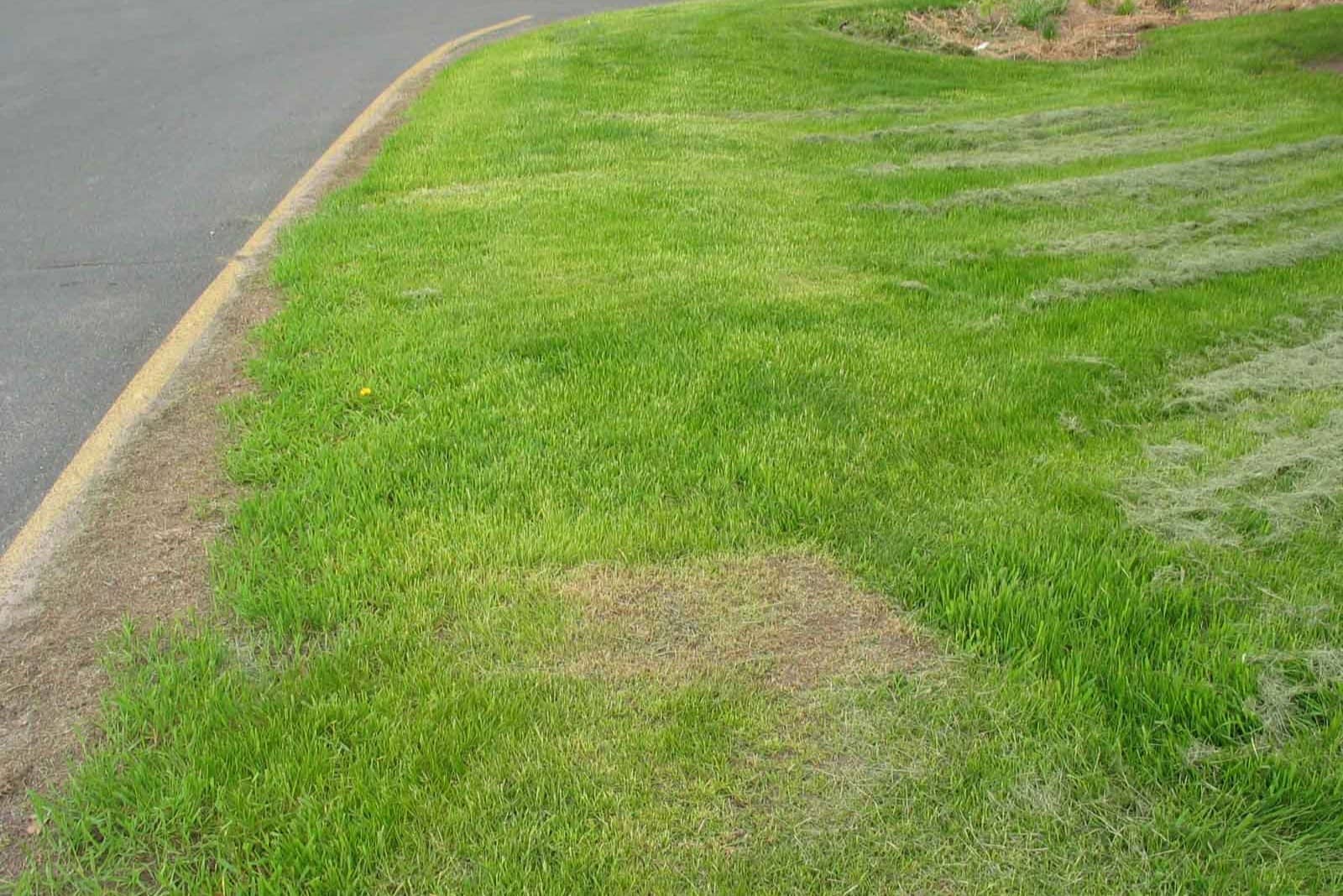

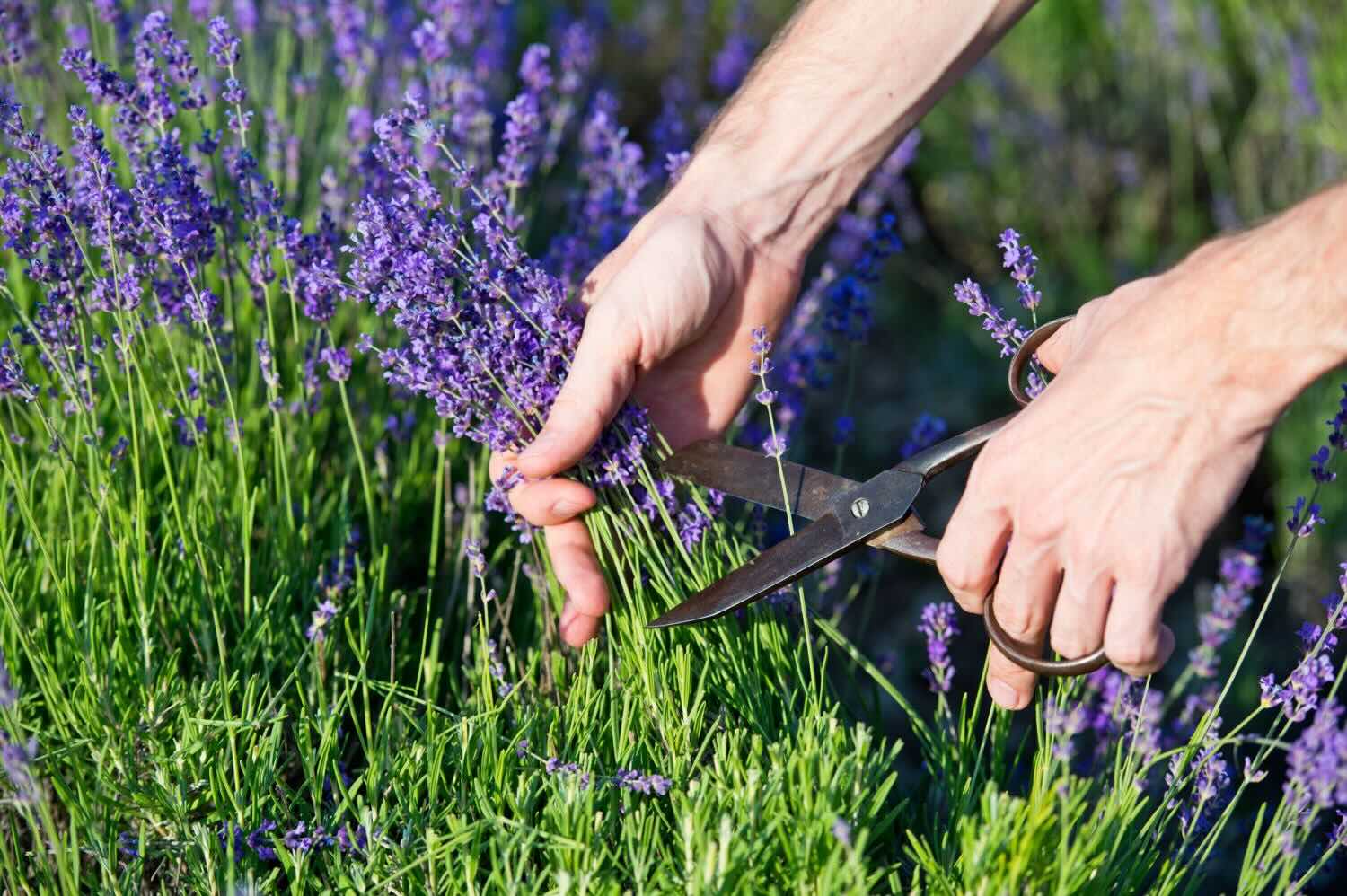
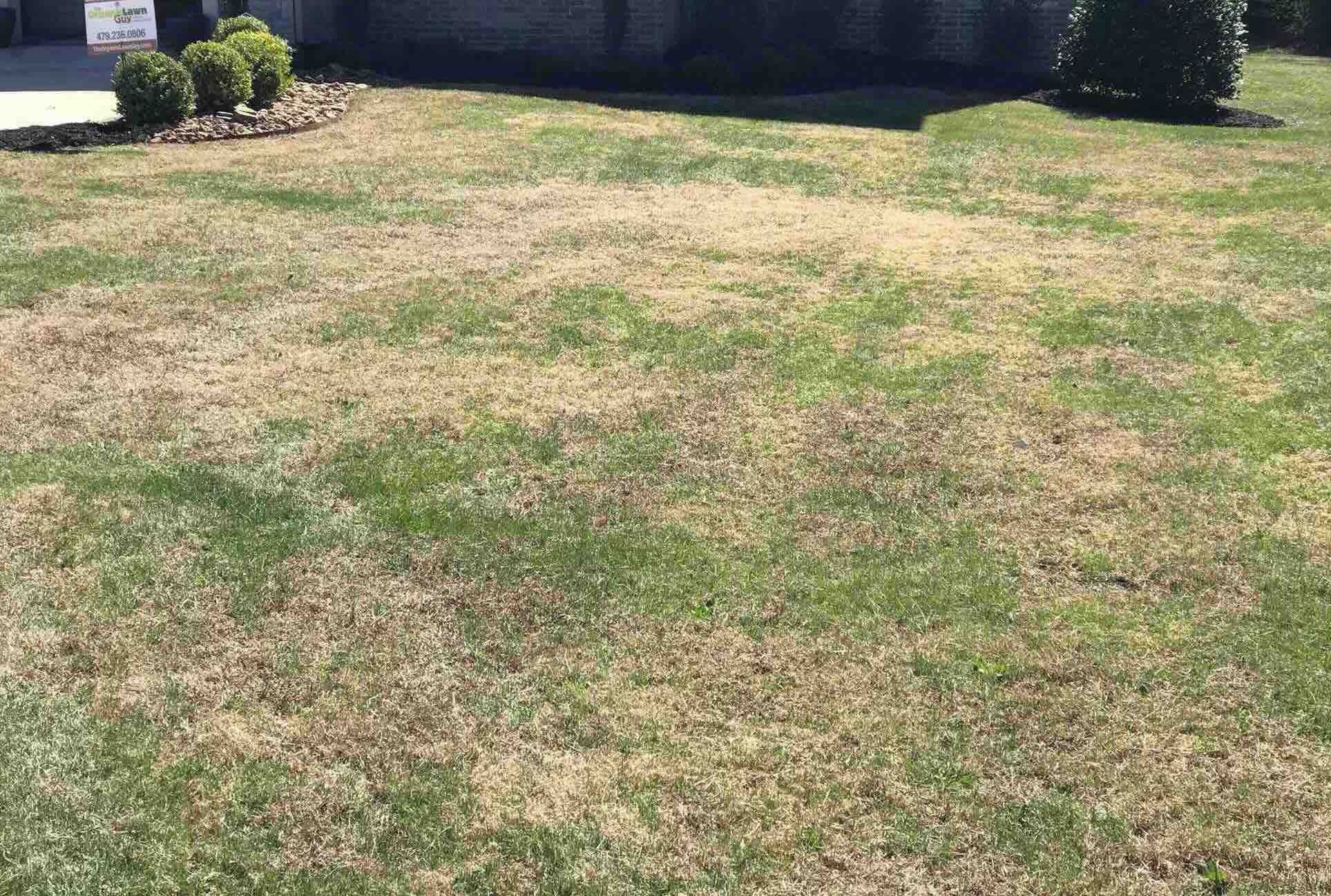
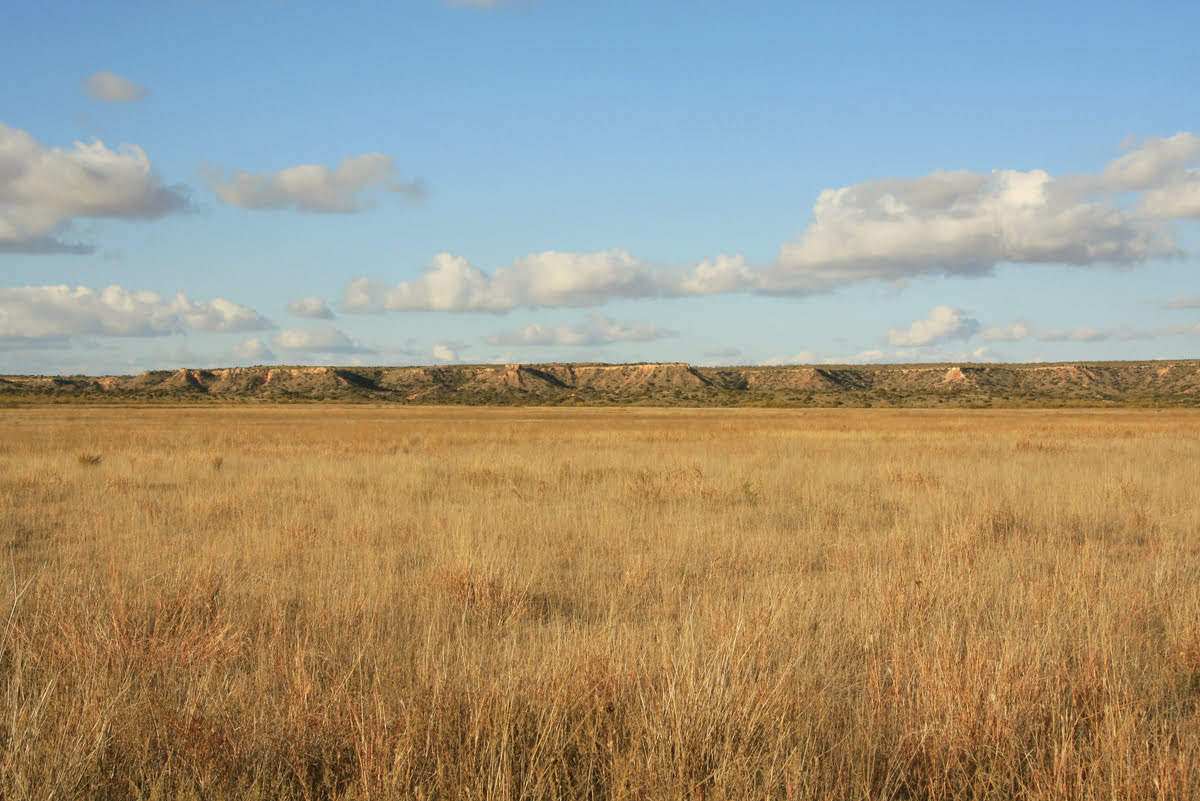
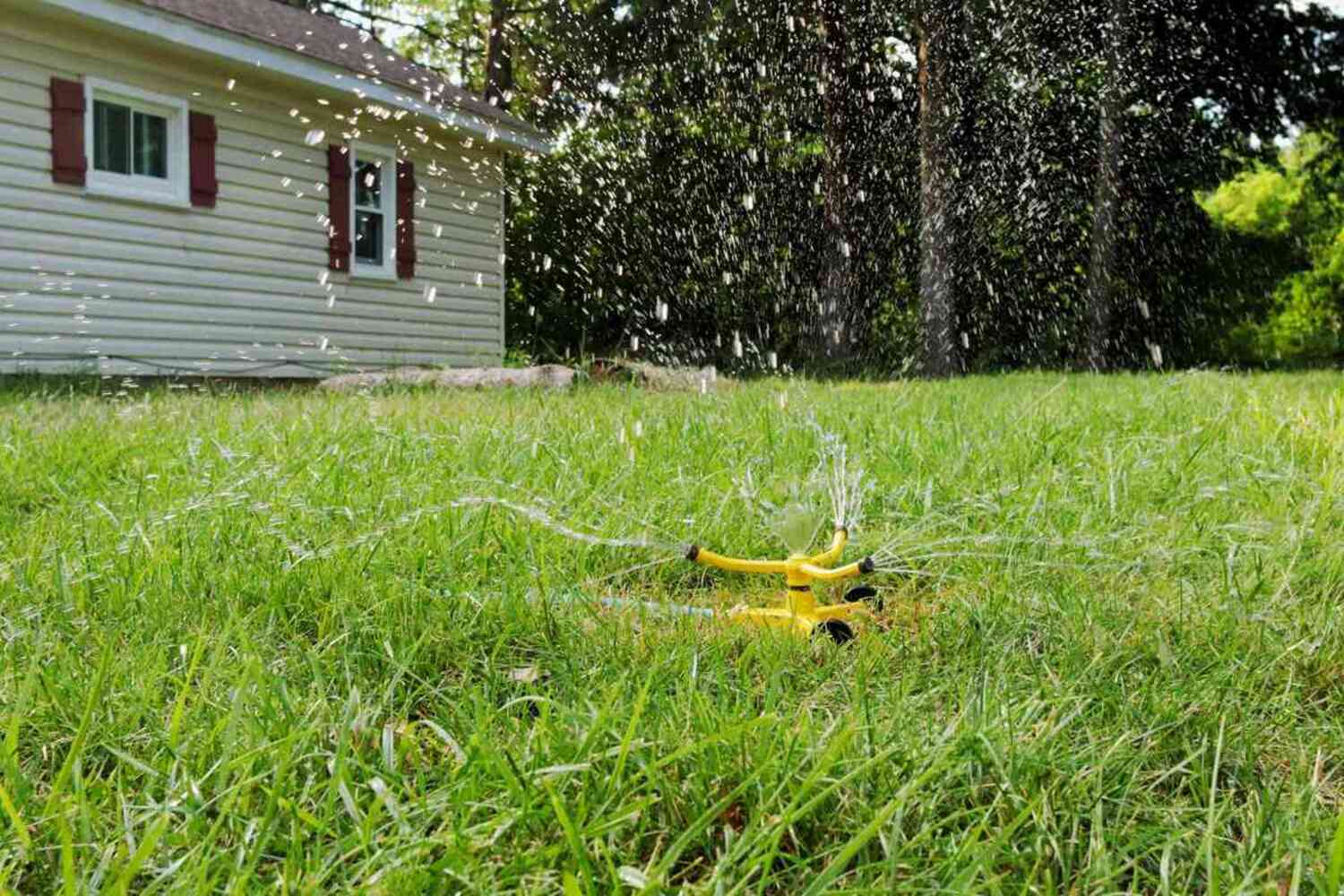
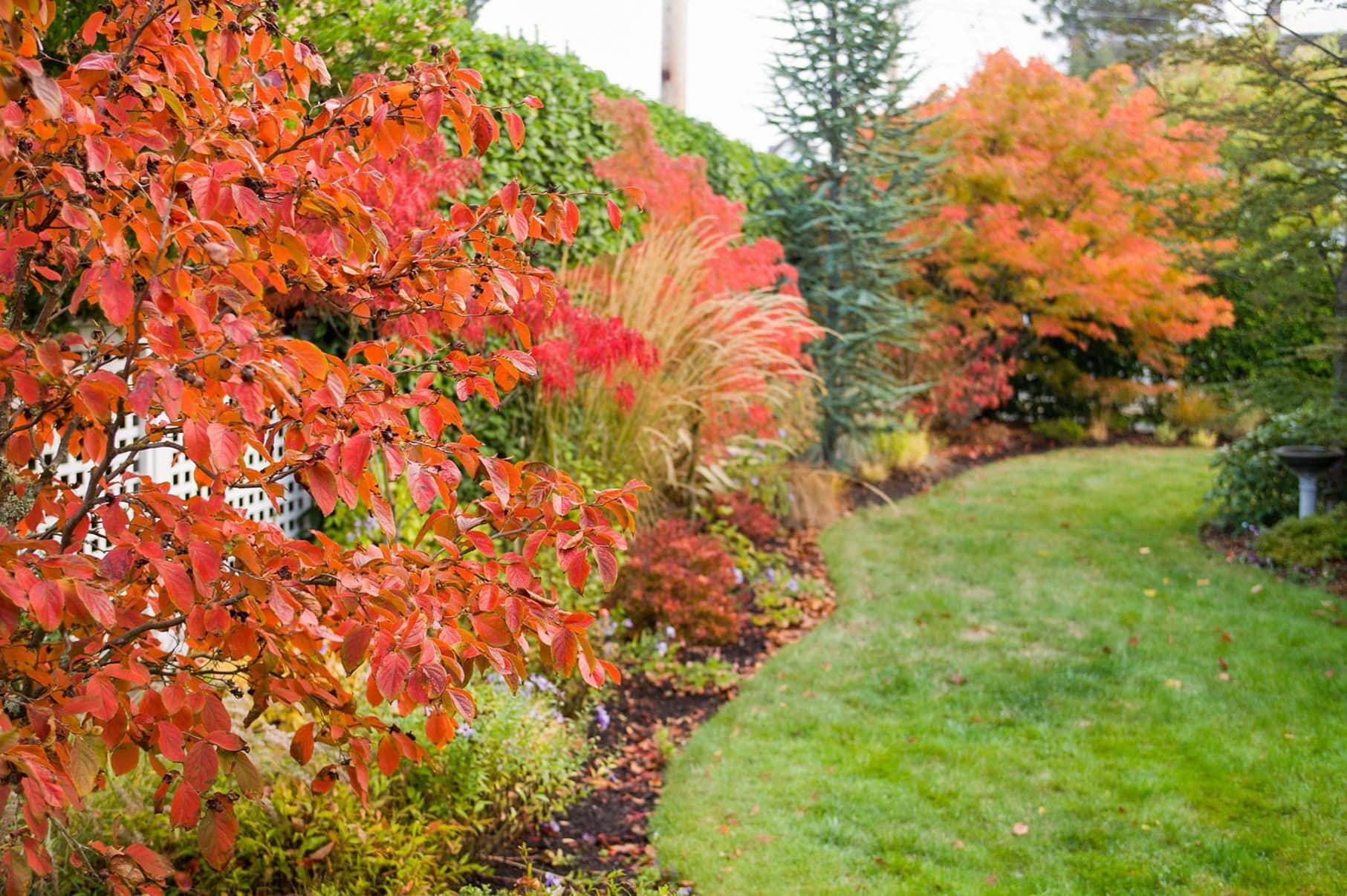

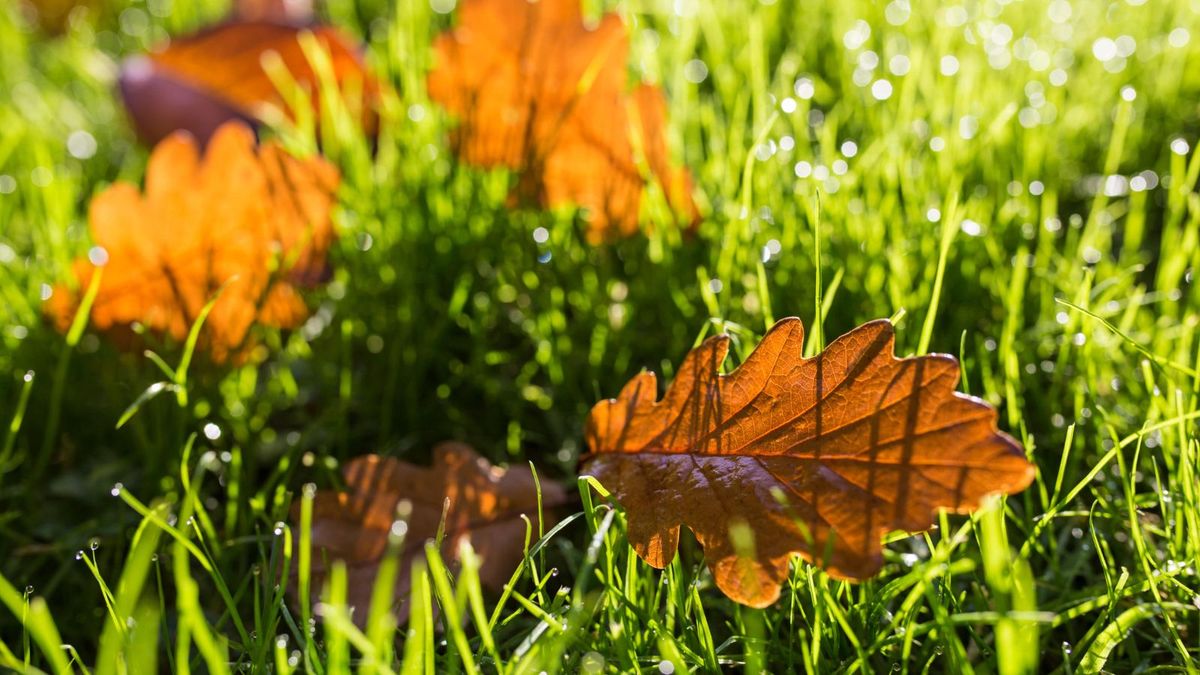
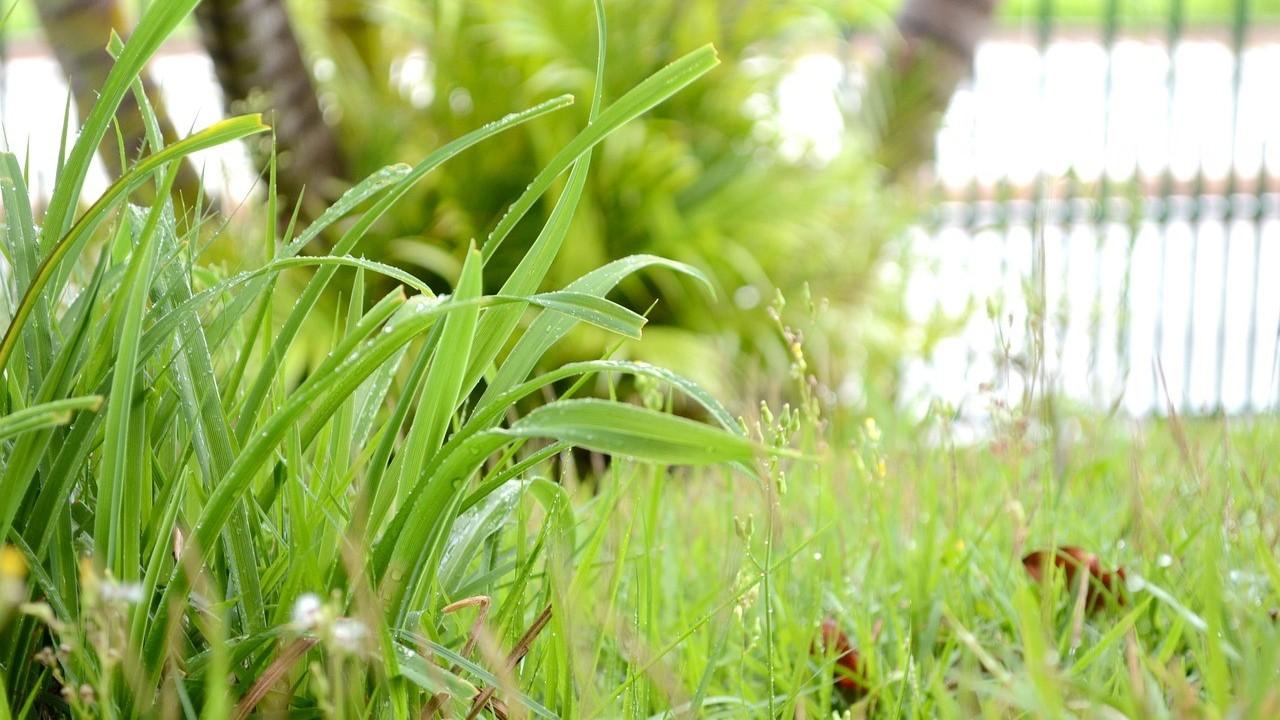
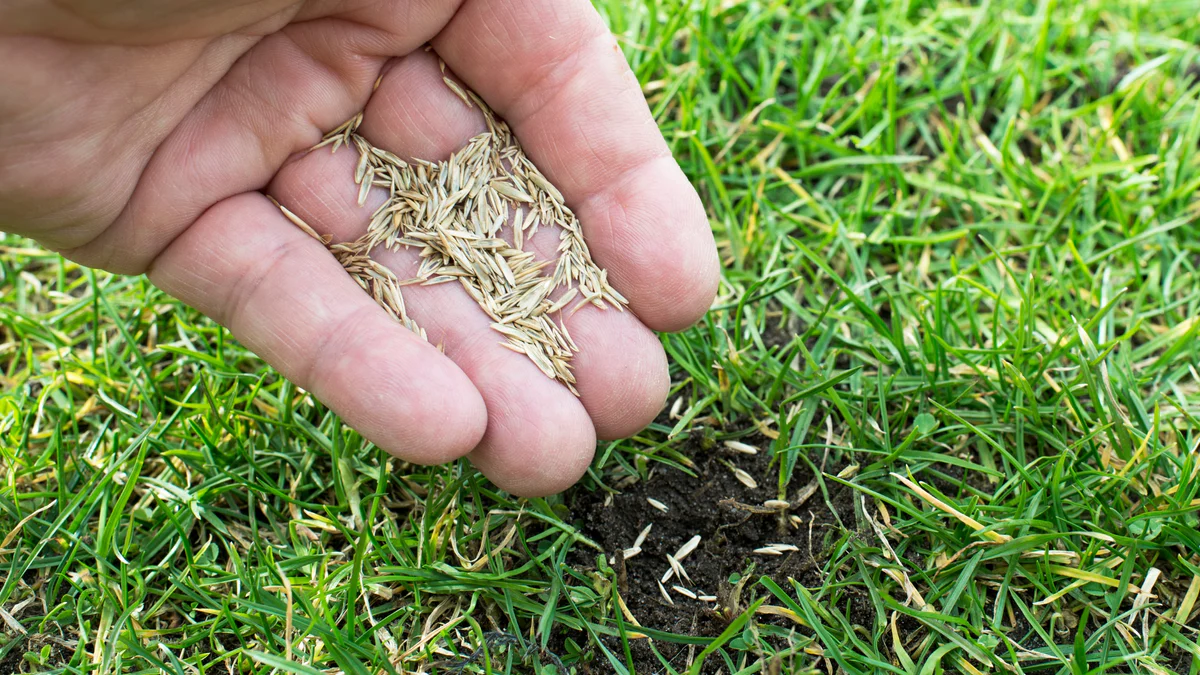

0 thoughts on “How Short To Cut Grass In The Fall”